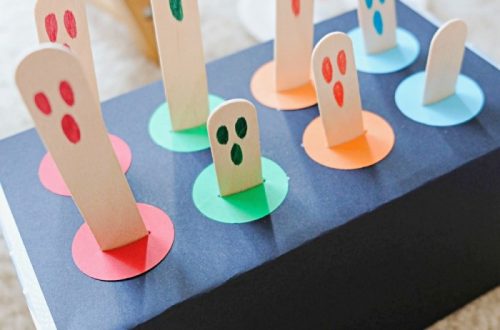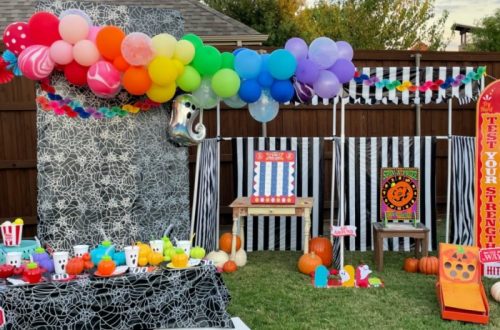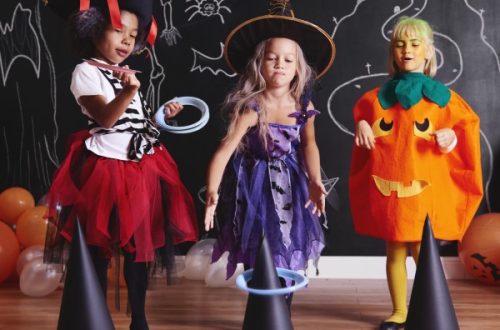Understanding the Role of Rubix Cube Colors
The colors on a Rubix Cube play a crucial role in both its aesthetics and functionality. Each face of the cube is typically covered with six different colors—white, yellow, green, blue, orange, and red. These colors are not just for visual appeal; they serve as important cues that help solvers recognize patterns and make decisions during the solving process.

From a psychological perspective, colors can significantly impact mood, concentration, and cognitive performance. The way these colors are arranged on the cube can affect how quickly and effectively you can solve it. For example, a well-balanced color scheme can make it easier to distinguish between pieces, while a confusing or mismatched arrangement may slow down your progress.
In addition to their practical use, the colors of a Rubix Cube also have symbolic meanings. Different cultures associate colors with various emotions and ideas. For instance, red is often linked with energy and excitement, while blue is associated with calmness and focus. These associations can subtly influence your mindset when solving the cube.
Moreover, the color scheme of a Rubix Cube can affect your motivation. A visually appealing cube with vibrant colors can make the solving process more enjoyable, encouraging you to spend more time practicing and improving your skills. On the other hand, a dull or monotonous color palette might reduce your interest and engagement.
Understanding the role of Rubix Cube colors helps you appreciate the design choices made by manufacturers and gives you insight into how color can be used strategically to enhance your solving experience. Whether you’re a beginner or an experienced solver, paying attention to the colors on your cube can lead to better results and a more satisfying journey.
How Color Perception Affects Puzzle Solving
Color perception plays a key role in how we interact with the world, including how we solve puzzles like the Rubix Cube. Our brains are wired to recognize and differentiate colors quickly, which is essential when trying to match pieces and complete the cube.
When solving a Rubix Cube step by step, the first thing most people do is identify the center pieces. These are the fixed pieces that determine the color of each face. Once you know which color belongs where, you can start aligning the edges and corners accordingly. This process relies heavily on your ability to perceive and categorize colors accurately.
However, some people may find it difficult to distinguish between similar colors, such as green and blue or red and orange. This can slow down the solving process and increase the chances of making mistakes. To overcome this, many solvers prefer cubes with high-contrast color schemes that make it easier to tell the difference between pieces.
Another factor to consider is the lighting conditions under which you solve the cube. Bright lights can make colors appear more vivid, while dim lighting may cause them to look washed out. This can affect your ability to see and match the right pieces, especially if you’re working in a low-light environment.
Furthermore, individual differences in color vision can also impact how you perceive the cube. Some people may have color blindness, which makes it harder to distinguish between certain colors. In such cases, using a cube with distinct color patterns or even custom-colored stickers can help improve visibility and accuracy.
By understanding how color perception affects puzzle solving, you can make informed choices about the Rubix Cube you use and develop strategies to work around any challenges related to color recognition.
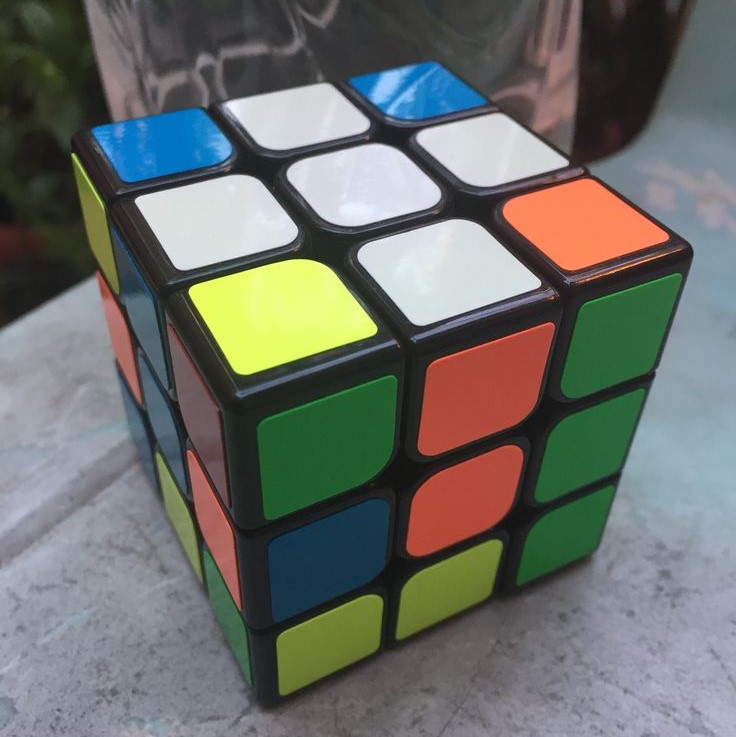
The Science Behind Color Psychology and Puzzles
Color psychology is the study of how different colors influence human behavior, emotions, and cognitive functions. When applied to puzzles like the Rubix Cube, it can offer valuable insights into how the choice of colors can impact your solving experience.
Research has shown that certain colors can stimulate the brain and enhance focus. For example, blue is often associated with calmness and concentration, making it a popular choice for study environments. Green, on the other hand, is linked to growth and balance, which can promote a sense of stability and clarity.
Using a Rubix Cube with a color scheme that aligns with your personal preferences or goals can help you stay motivated and focused. If you’re looking to improve your problem-solving speed, a cube with bold, contrasting colors may be more effective. Alternatively, if you want to create a more relaxing solving environment, a softer, more muted color palette could be beneficial.
Additionally, the placement of colors on the cube can affect how easily you can follow a solving method. For instance, having a clear and consistent color pattern can make it easier to track the movement of pieces and apply algorithms correctly. This is especially important when learning how to solve a Rubix Cube step by step.
Some studies suggest that the color of the cube itself can influence your emotional state. A bright, colorful cube may evoke feelings of excitement and curiosity, while a more neutral or minimalist design may promote a sense of order and control. These emotional responses can, in turn, affect your overall performance and enjoyment of the puzzle.
By understanding the science behind color psychology, you can make more intentional choices about the Rubix Cube you use and how you approach the solving process.
Choosing the Right Color Scheme for Your Rubix Cube
Selecting the right color scheme for your Rubix Cube can have a significant impact on your solving experience. While there is no one-size-fits-all solution, there are several factors you should consider when choosing the best color combination for you.
First, think about your personal preferences. Do you prefer bold, eye-catching colors, or do you find them distracting? If you enjoy a more dynamic and energetic solving environment, a cube with bright, contrasting colors may be ideal. However, if you prefer a calmer and more structured approach. A more subdued or monochromatic color scheme might suit you better.
Next, consider the purpose of the cube. If you’re using it for training or competition. A high-contrast color scheme can help you solve faster and with fewer errors. On the other hand, if you’re using it for casual play or decoration, a more artistic or unique color pattern might be more appealing.
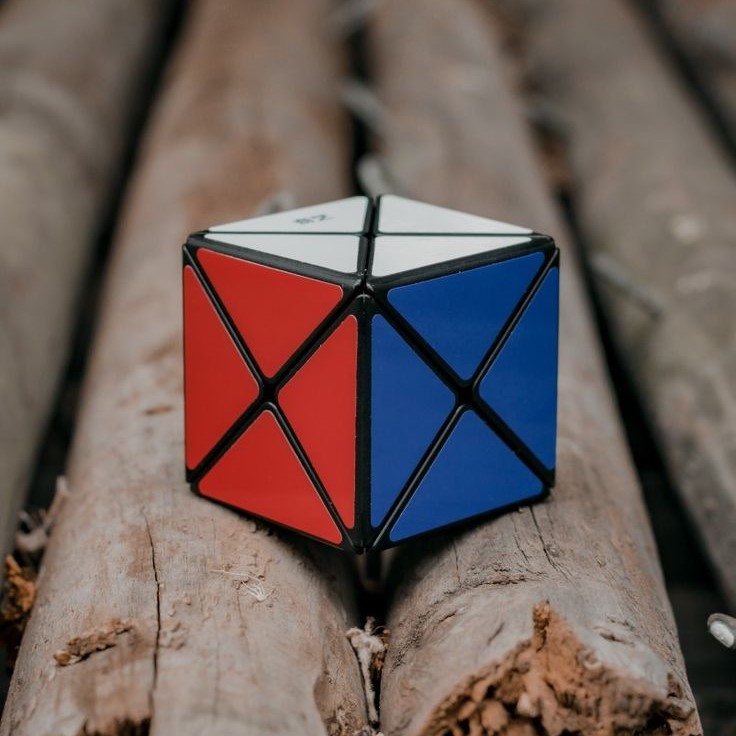
Another important factor is visibility. If you have difficulty distinguishing between certain colors, choose a cube with clearly defined and distinct color blocks. Some cubes come with special features like raised edges or textured surfaces that make it easier to feel and identify the correct pieces.
You should also take into account the type of solving method you use. Some methods rely heavily on color recognition, so a well-designed color scheme can make the process smoother. For example, the CFOP method (Cross, F2L, OLL, PLL) requires quick identification of matching colors, so a clear and consistent color layout is essential.
Finally, don’t be afraid to experiment. Try out different color schemes and see what works best for you. There’s no single “right” way to choose a color scheme, and finding the one that suits your style and needs can greatly enhance your overall experience with the Rubix Cube.
How to Solve a Rubix Cube Step by Step with Color Awareness
Solving a Rubix Cube step by step is a rewarding challenge that requires patience, practice, and a good understanding of color patterns. Here’s a simplified guide to help you solve the cube while keeping color awareness in mind:
Step 1: Solve the White Cross
Start by identifying the white center piece. Then, find the four white edge pieces and align them around the center. Make sure the adjacent colors match the center pieces of the other faces.
Step 2: Solve the First Layer Corners
Next, locate the white corner pieces and place them in the correct positions. Each corner should have the white sticker along with two other colors that match the adjacent centers. Use simple moves like R, U, and L to position the corners without disrupting the cross.
Step 3: Solve the Second Layer Edges
Now, move on to the second layer. Look for edge pieces that don’t contain white and position them between the correct center pieces.
Step 4: Solve the Yellow Cross
Once the first two layers are complete, focus on the top layer. Start by creating a yellow cross on the top face. Depending on the current state of the cube, you may need to perform a few simple moves to achieve this.
Step 5: Position the Last Layer Corners
After the cross is in place, position the last layer corners so that they are in the correct spots, even if they’re not yet oriented correctly. This step sets the stage for the final touches.
Step 6: Orient the Last Layer Corners
Now, orient the corners so that all the yellow stickers are facing up. This involves using specific algorithms to rotate the corners without affecting the rest of the cube.
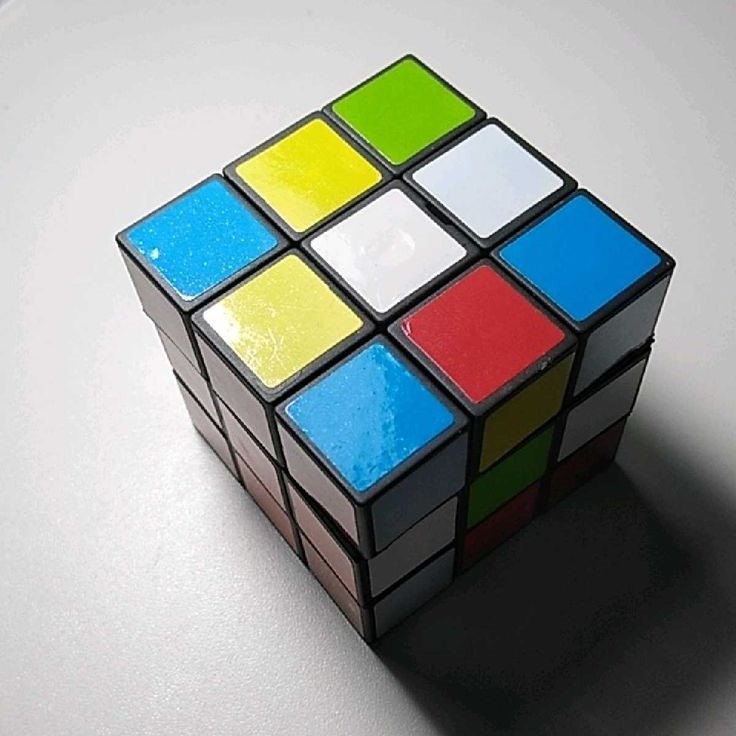
The Impact of Color on Learning and Memory
Colors not only affect how we perceive the Rubix Cube but also play a significant role in learning and memory. Studies have shown that color can enhance information retention and make complex tasks easier to understand.
When learning how to solve a Rubix Cube step by step. Using a cube with a clear and consistent color scheme can help you remember the steps more easily. For example, associating each color with a specific part of the solving process can create stronger mental connections. Making it easier to recall the correct moves at the right time.
Additionally, color can help you organize information and visualize the cube’s structure. By grouping similar colors together, you can break the puzzle into smaller, more manageable sections. This strategy is especially useful for beginners who are still developing their spatial reasoning skills.
Some research suggests that using a variety of colors can improve focus and engagement. A visually stimulating cube with vibrant colors can keep your brain active and alert. Making it easier to stay concentrated during long solving sessions.
On the other hand, using too many colors or a chaotic color scheme can be overwhelming and distract from the solving process. It’s important to strike a balance between visual appeal and clarity to ensure that the colors support rather than hinder your progress.
Overall, the impact of color on learning and memory highlights the importance of choosing a Rubix Cube with a color scheme that supports your cognitive processes and enhances your ability to solve the puzzle effectively.
Customizing Your Rubix Cube for Personalized Experience
One of the great things about the Rubix Cube is that it can be customized to suit your personal preferences. This includes the color scheme, which can be changed to reflect your style or improve your solving experience.
Many Rubix Cubes come with standard color schemes, but there are also options for custom stickers or fully customizable cubes. With custom stickers, you can replace the original colors with ones that are easier for you to distinguish or that simply look more appealing.
If you have difficulty seeing certain colors, you can choose a cube with high-contrast colors that make it easier to identify each piece. Some people prefer a more minimalistic look, using a single color for each face to reduce visual distractions and improve focus.
Customizing the color scheme can also be a fun way to express your personality. Many cubers enjoy creating unique designs or using themed color schemes that reflect their interests or hobbies. This not only makes the cube more personal but also increases your motivation to solve it.
In addition to changing the colors, you can also customize the texture or material of the cube. Some people prefer smooth, fast-turning cubes, while others like the grip of a slightly rougher surface. These small details can make a big difference in how comfortable and enjoyable the solving experience is.
By customizing your Rubix Cube, you can create a puzzle that not only looks great but also works best for your individual needs and preferences.
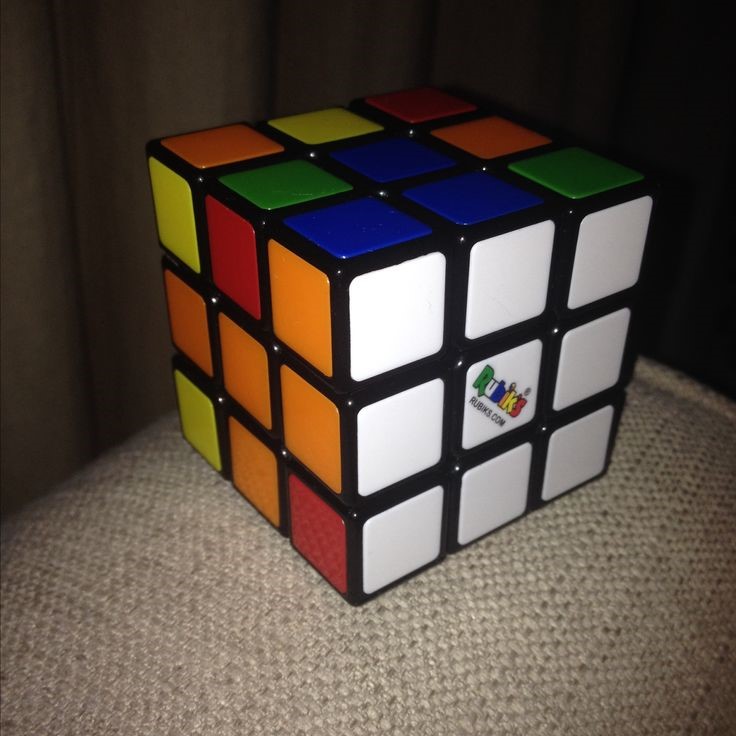
Conclusion
In conclusion, the colors on a Rubix Cube are more than just decorative—they play a vital role in how we solve the puzzle and how our brains process information. From enhancing focus and memory to influencing mood and motivation. The color scheme of a Rubix Cube can have a profound impact on your solving experience.
By understanding the psychology behind Rubix Cube colors. You can make more informed choices about the cube you use and how you approach the solving process. Whether you’re a beginner or an experienced solver. Paying attention to the colors on your cube can help you solve it more efficiently and enjoy the process more fully.
Remember, the goal is not just to solve the cube but to learn and grow through the experience. So, take the time to explore the power of Rubix Cube colors and discover how they can help you unlock your full potential. As you continue to practice and refine your skills, you’ll find that the colors on your cube are not just part of the puzzle—they’re an essential part of your journey.


